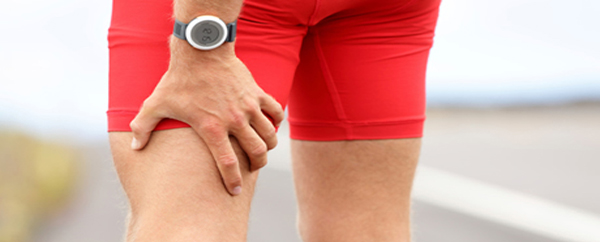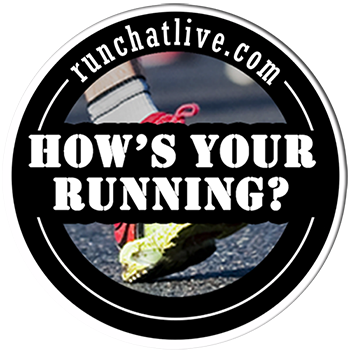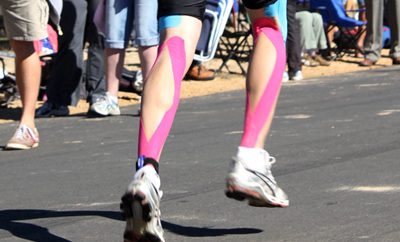Hamstrings: Pain When I Sit Down?

“I have been running for nearly a year and have lost nearly two stone. My problem is I always have a pain in the back of my leg and sometimes up into my bottom when I sit down. I always warm up and stretch after my runs but sometimes pain stops me from running and hurts when I pick up my daughter who is 3 years old. Any advice appreciated.“
– Amit D.
Matt answers…
Many thanks for your email, Amit. Though it would obviously take a face to face examination to provide you with an accurate diagnosis and advice, it sounds like you may have pulled one of your hamstrings (the muscle group on the back of your upper leg) at some point and have not yet fully recovered.
If it is a hamstring injury, the pain you are getting when sitting down would be because you are pushing the hamstring tendon against the bottom of the pelvis where it attaches. This is very common and a sign that some hamstring rehabilitation is needed. The pain you get when picking up your daughter would be that when you bend over you are stretching the hamstring and in effect again aggravating the tendon by pushing it against the pelvis.
This brings us onto my first piece of advice for runners struggling from hamstring pain. Stop trying to ‘stretch out’ the pain. If the tendon is aggravated, stretching can further annoy it delay recovery. It may well feel ‘nice’ to stretch it, but it’s not helping. Rehab should start with a period of time in which anything that involves lifting the knee high (running up hill, sprinting, high knee jogs on the spot) is avoided, and also any bending forwards towards the toes (stiff leg deadlifts, burpees, picking up children).
Instead of stretching, what the body needs to recover is graded strengthening, using either your body weight (if that is enough to stop you from doing more than 12 reps or a 30 second hold) or gradually adding external weight like a dumbbell, kettlebell, medicine ball, etc. Initial exercise choice needs to avoid stretching the hamstring, so one of my favourites is an appropriate version of the hamstring bridge. For details of this exercise, see our exercise of the month section, and the in depth article I wrote on proximal hamstring tendinopathy.
Full recovery from a hamstring injury, like any rehab, involves creating a ladder of exercises (the bridge is just one example) with each rung challenging you a little more over time until eventually you are able to run a short, flat, easy paced run without pain. At that point, running becomes part of the rehab. As always, ensure you seek the help of a suitably qualified professional to accurately diagnose the issue, create a suitable rehab program and monitor your progress to help you back to pain free running. It will also be important to continue the strengthening exercises after your running has become pain free as once you have had a hamstring injury the chance of re-injury is higher unless you keep them strong.
Do you have any experience of the effect of stretching on hamstring injury? Whether you are a therapist, coach or runner (maybe all three) we would love to hear from you in comments section below!
Related Posts
Warm Up: Should I Stretch?
“I always stretch before my runs but a friend told me the other day that I shouldn’t bother as it can make you run slower? Should I stop or could this increase risk of injury? My calves are always tight so I am worried.”
Plantar Fasciitis: What Can I Do?
“I’ve started getting a dull achy pain in the sole of my foot and back towards my heel. It doesn’t hurt all the time but bothers me when I run and walk sometimes. I know that I have a tight calf in that leg and have to wear high heels for work. What should I do?”
Brace or Kinesio Tape: Which?
“I’m having knee problems at the moment and have had to stop running. My physio has given me a knee brace to wear, but my trainer says I shouldn’t wear it and instead use kinesio tape. I’m really confused.”





0 Comments